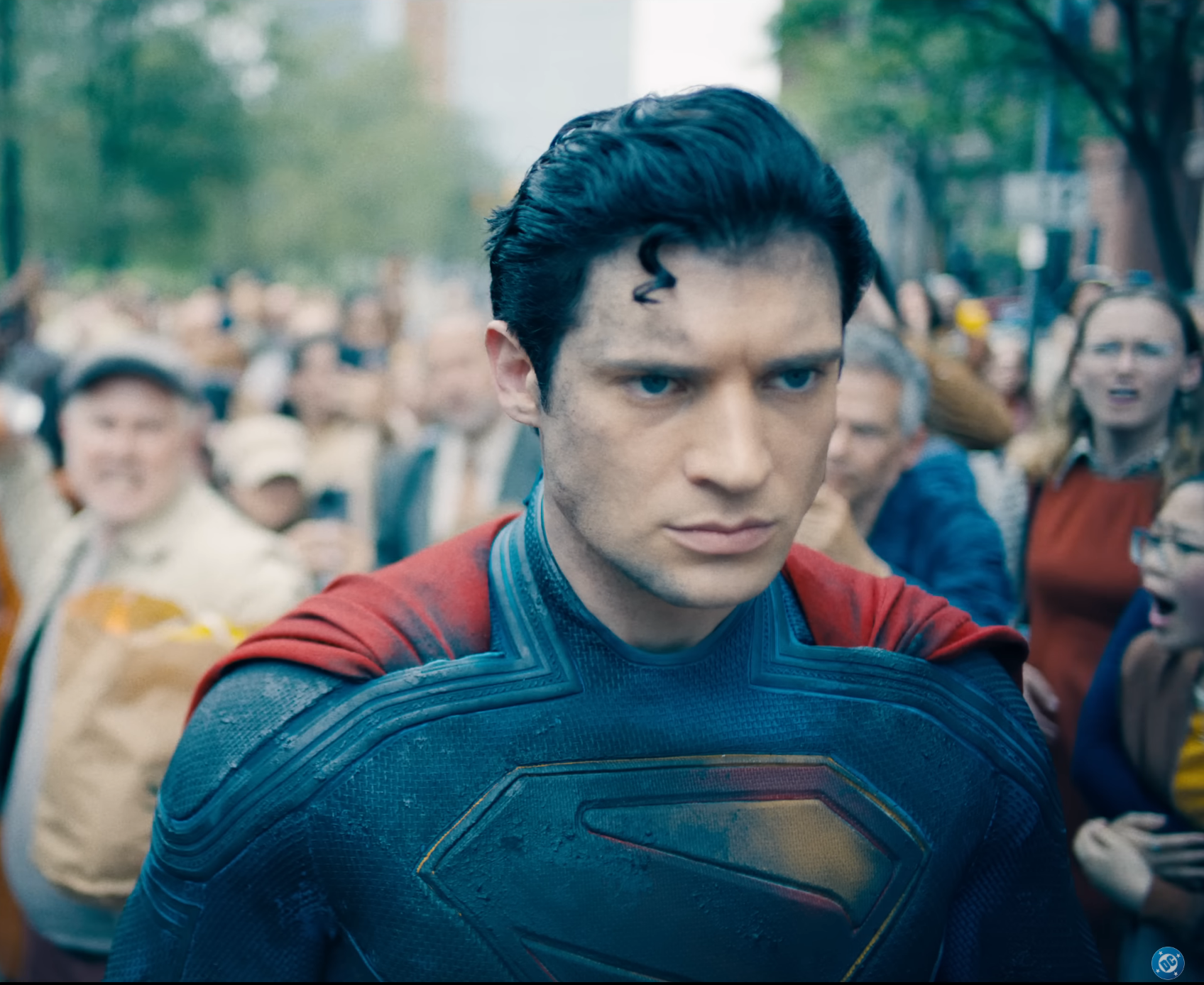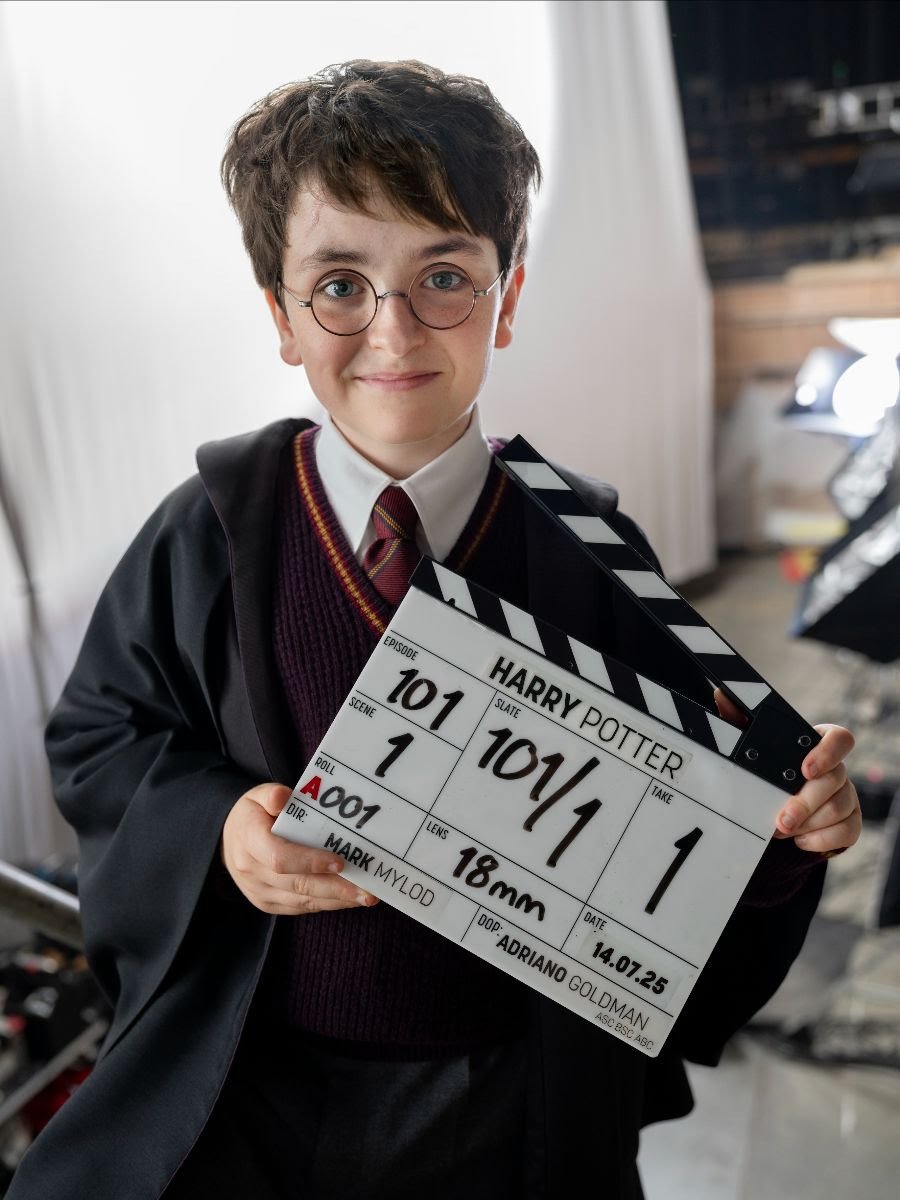A huge part of a country’s culture revolves around their fashion. That’s an inescapable fact. With Black Panther, they not only had the pressure of creating an entirely new country, but they had to create fashion that was indicative of more traditional African fashion, all while pushing the boundaries of technology.
LRM sat down with the costume designer Ruth Carter and discussed some of the big challenges of the movie, as well as a couple of the designs that were made…but never made the cut.
Check out the interview below!
How did you feel to see “Black Panther” for the first time on the big screen?
Carter: You know, it’s really hard to do that much work and see it for the first time. It’s just like getting ready for the prom and putting on the dress and getting your hair done and doing all that stuff, and for the first time, you’re in complete outfit. You’re completely dressed. So it’s the first time seeing the film completely dressed, and, you know, I needed to see it a few more times to actually relax. There were a lot of funny parts. I enjoyed it, but it was nerve-racking because when the costumes came on you were like, “Oh, I hope we got a good take of that one!” And, “Oh, I hope this one is well received by everyone!” So it’s a little unnerving.
Did you have a moment where you were like, “Well, maybe I could have …” You know?
Carter: Oh, yeah. That’s just the part of being an artist that … The work is just never finished to you. It’s unfortunate.
There’ll be other times. What was one of the costumes that you consider your favorite putting together?
Carter: I loved putting together the queen, her Zulu hat and her shoulder mantle. When we first see her in the kingdom, you know you’re in this royal place. There’s a queen, and she looks like a queen. I loved doing T’Challa, so classy and elegant with his embroidery. And the way he carried his costumes and moved about was just so much of a favorite.
What was your inspiration for his costumes? Because they were different compared to others.
Carter: Yeah, they were different. He had to always have this prowess about himself, so I used a lot of knits. I love Gareth Pugh, and I looked at a lot of his pieces as well as some of the Nigerian embroideries on dashikis and things like that, that I put on to the trim and stuff in his clothes.
How did you get hired for this high-profile job?
Carter: Well, they called my agent, and my agent told me that she had some materials for me to look at. I didn’t have a script, but they gave me some comics, pieces from the comics, and basic story of Wakanda, what it was in the comic book world. I looked at that, and I was like, “That’s not enough! I need more information if you want me to interview.” But I didn’t get any more, so I had to go ahead and pull some of my images together. When I went into the meeting with Ryan and Nate Moore, the executive at Marvel, we talked over the images, and we just talked.
Did you, at the end, use the script, get it to use the script?
Carter: Yeah, but we were never … There’s never really a finished script because they’re always revising it.
True.
Carter: So you kind of just take the world as a whole and try to come up with its pallet and what it will look like and how those elements work together. You’re constantly chasing … Like we knew that these particular tribes would fight each other, and so Ryan had some ideas about what that should be. We did illustrations. I had five illustrators working at the same time. Marvel’s development team, visual development team, has illustrators that … So all the illustrators are illustrating all at the same time, and then I’m getting these sketches approved. Once the sketch is approved, then I go into the process of making everything.
I know in this movie you had to integrate African culture, of course, but the vibranium in this case. How did you go about that?
Carter: Yeah, well the new suit had to have a more forward technology to it, and it was supposed to look a little bit simpler from the Civil War suit. Civil War‘s Panther suit was a great suit. It was designed by Ryan Meinerding at Marvel. He’s the genius behind Captain America and the superhero world. He’s the one who knows the comic world, and he leads that department in its development. So he comes up with the suit, and then what I do is I go, “How do I make this sketch come to life? What elements of this sketch make it dynamic?” One of the elements of the sketch is that it had a luminosity to it. It had sort of like a silvery kind of aspect to it, a little bit like the Man of Steel.
So I went and looked at a lot of superhero suits, and the Man of Steel actually had muscle suit underneath the top skin suit that you could see. You could see the steel. So I thought the Panther needs to be … we need to be able to see the vibranium. And I felt like that’s what will give him that luminosity that I see in Ryan Meinerding’s sketch. So we made his muscle suit silver. We made the top skin a little sheer so that the silver bled through and you could see that he had this strength and power.
So for our Black Panther, the suit, I have read that it’s not a superhero suit, that it’s actually more of a military uniform.
Carter: It’s a military uniform in that he’s the leader of the kingdom. He’s the leader of the military. I would say it’s both. He is a superhero, and he is fighting for his country, in a sense, which would make it militaristic, but it’s not military in that he is part of a group. He’s not. He is the king of Wakanda, and he is the Black Panther. And through the Black Panther legend, there’s this nanotech that the suit forms on his body just through nanotech.
And then going back to the Queen’s fashionable dresses and hats. How did you get that inspiration for her?
Carter: Well, her hat is a Zulu married woman’s hat, and you see this a lot in South Africa, this hat shape. And so the hat shape to me looked like a crown, and it’s cylindrical in its shape. It’s round, and so I wanted to make sure that this cylinder was perfectly round. We had algorithms composed on-computer to create this shape, and then we 3D printed it. It was printed in a machine like a toy, and then when it comes out of the machine it’s in a square cube like a cube of ice or powdery cube. They break it away, and inside of it is this perfectly formed shape. And the reason why we had to do it in Europe was there’s only one company that uses a material to make this shape that’s flexible so you can actually wear it like a piece of clothing. But I needed it to be perfect because she’s the queen. And so the shape of the cylinder needed to be perfectly round.
That’s a lot of work just for the hats.
Carter: I know.
But it fit perfect!
Carter: That’s why I couldn’t relax when I saw the movie, not at first.
Was that the one main concern? The hat?
Carter: You know, hers wasn’t so much a concern as how the picture was composed. There were scenes that were cut. There were costumes that I loved that just … That one (refer to photo above) … didn’t make the movie. But we made it. We shot it, but it never made the final cut. Ramonda has a beautiful breastplate that we made, and it never made the movie. You know, I’m waiting to see certain things, and when I see it, if it’s not getting camera time, I’m like, “Oh!” You know?
Don’t forget to share this post on your Facebook wall and with your Twitter followers! Just hit the buttons on the top of this page.

 FOR FANBOYS, BY FANBOYS
Have you checked out LRM Online’s official podcasts and videos on The Genreverse Podcast Network? Available on YouTube and all your favorite podcast apps, This multimedia empire includes The Daily CoG, Breaking Geek Radio: The Podcast, GeekScholars Movie News, Anime-Versal Review Podcast, and our Star Wars dedicated podcast The Cantina. Check it out by listening on all your favorite podcast apps, or watching on YouTube!
Subscribe on: Apple Podcasts | Spotify | SoundCloud | Stitcher | Google Play
FOR FANBOYS, BY FANBOYS
Have you checked out LRM Online’s official podcasts and videos on The Genreverse Podcast Network? Available on YouTube and all your favorite podcast apps, This multimedia empire includes The Daily CoG, Breaking Geek Radio: The Podcast, GeekScholars Movie News, Anime-Versal Review Podcast, and our Star Wars dedicated podcast The Cantina. Check it out by listening on all your favorite podcast apps, or watching on YouTube!
Subscribe on: Apple Podcasts | Spotify | SoundCloud | Stitcher | Google Play






